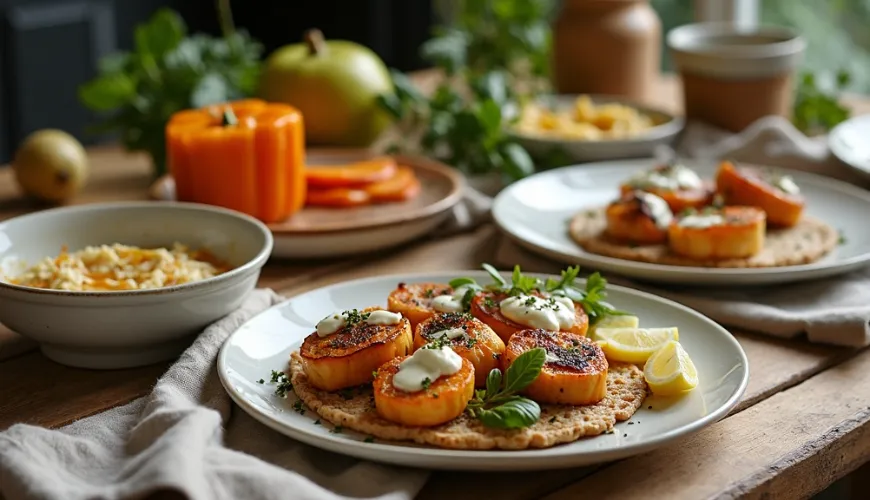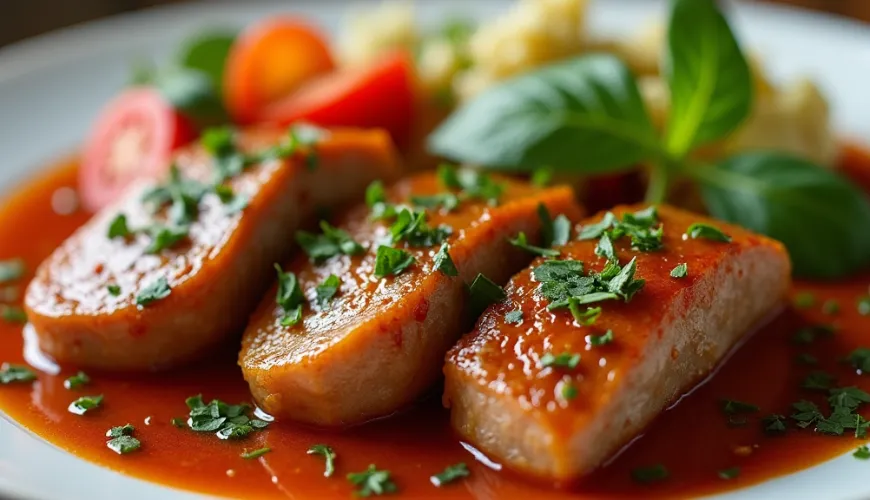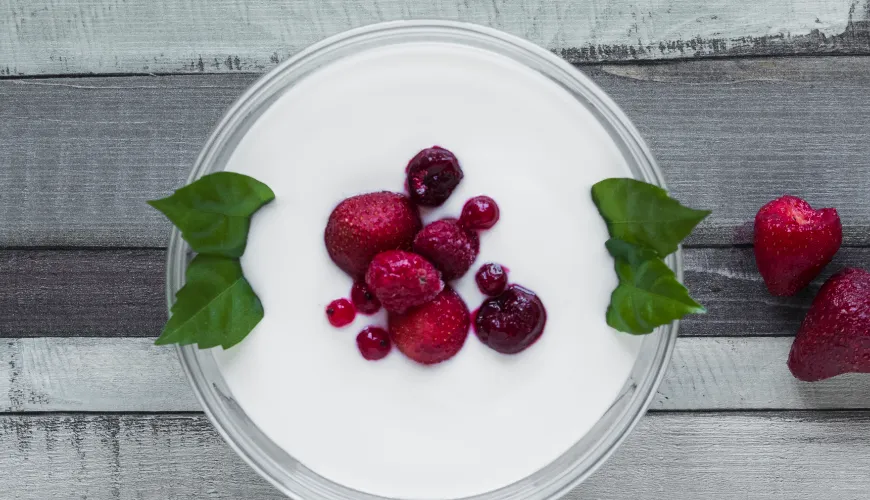
How to Prepare Delicious Potato Pancakes at Home According to the Recipe

Lokše – A Traditional Delicacy That Still Delights Today
When you hear the word lokše, many might recall the aroma of potatoes, butter, and traditional Czech or Slovak cuisine. This simple dish has deep roots in the past, yet it still finds its place on the tables of those seeking honest and hearty food from accessible ingredients. Although lokše were once considered the food of the poor, today they can be found at farmers' markets, Christmas fairs, and in modern kitchens. It's no wonder – their versatility, simplicity, and distinctive taste make them an irresistible choice.
What Are Lokše?
Lokše, sometimes spelled as lokshe or lokeše, are thin pancakes made from boiled potatoes, plain flour, and a pinch of salt. Traditionally, they are baked dry on a hot stove or cast iron pan, then brushed with melted lard or butter. This simple preparation gives them a delicate, soft texture and rich flavor that generations have loved. If you've ever encountered them at a fair, served freshly baked and filled – perhaps with jam, goose liver, or sauerkraut – you'll know it's an unforgettable experience.
Interestingly, although lokše originate mainly from Slovakia, they also hold a firm place in Moravian cuisine, especially in the Slovácko and Valašsko regions. There, they were part of festive tables as well as everyday meals, and today, both tradition lovers and fans of simple, homemade cooking are falling in love with them all over again.
Recipe for Homemade Potato Lokše
The basic recipe for lokše is surprisingly simple, which may be one reason why they have remained in kitchens for so long. All you need are three basic ingredients – potatoes, flour, and salt – and a pair of skilled hands.
What You'll Need:
- 1 kg of boiled starchy potatoes (ideally cooked in their skins the day before)
- approximately 250–300 g of plain flour
- a pinch of salt
- melted butter or lard for brushing
Peel the potatoes and grate them finely. Add salt and gradually work in the flour until you have a soft, non-sticky dough. From this dough, cut small pieces and roll them out into thin pancakes. Then dry bake them on a well-heated pan or stove on both sides – about 1–2 minutes per side. After baking, brush with butter or lard and keep warm.
This recipe is a great foundation, which can be further developed to taste and occasion. After all, it's the versatility that is one of the reasons why homemade lokše are so popular.
Sweet, Savory, and Festive – Stuffed Lokše for Every Occasion
Once you've mastered the basic preparation, you can move on to stuffed lokše, which offer countless possibilities. Among the most popular is the sweet version with jam and poppy seeds, where the lokše are spread with jam, sprinkled with ground poppy seeds mixed with a little sugar, and wrapped. Another great choice is a filling of cottage cheese with honey or cinnamon.
For savory versions, goose or duck fat, grated smoked meat, or sauerkraut were traditionally used. Roast duck with sauerkraut and lokše is a classic that you can find on the menus of many Czech and Slovak restaurants. Incidentally, in some regions, lokše are served instead of dumplings – and it's not hard to see why. Their delicate structure and pleasant sweetness of potatoes complement bold meat dishes perfectly.
Vegetarian and vegan versions are also popular, allowing lokše to be filled with roasted vegetables, hummus, legume spreads, or roasted pumpkin. The important thing is that the dough itself is vegan, so the final result depends only on what you fill or spread the pancake with.
One popular preparation is "dry" – meaning uncoated, just lightly baked, served instead of bread with soups or sauces. Lokše are thus not only a standalone dish but also a great alternative to traditional bread.
Lokše in Modern Cuisine and Sustainable Living
It may sound surprising, but potato lokše perfectly fit into the philosophy of sustainable cooking. They are made from local ingredients, have a minimal ecological footprint, and can be made from potatoes that might otherwise end up as waste. They are also ideal for a zero waste approach – leftover lokše can be reheated in a pan or oven the next day and refilled.
Nutritionally, lokše are not particularly high in calories – as long as you don't coat them with a layer of fat. They contain fiber, complex carbohydrates, and combined with fresh vegetables or legumes, they can form a full and easily digestible lunch or dinner.
A typical example is a young family striving for healthy cooking without processed foods. Instead of store-bought tortillas or toast, they make homemade lokše – quickly, cheaply, and without plastic packaging. They use leftover potatoes, create dough by hand, bake the pancakes, and let everyone fill them to their liking. The kids have cottage cheese with honey, the adults hummus with roasted peppers. Moreover, if any pancake is left over, it can be taken to work the next day.
Lokše as Cultural Heritage and a Current Trend
One reason why the recipe for lokše is gaining popularity again is the return to traditions. People are seeking inspiration in their grandmothers' kitchens, discovering old cookbooks, and once again appreciating the value of simple but honest recipes. Lokše thus become a symbol of a return to home cooking without unnecessary additives, artificial flavorings, and with respect for ingredients.
It's interesting to see how this traditional dish appears even in modern bistros and the food truck scene. For example, in Bratislava, there are several establishments that specialize exclusively in various types of lokše – from classic goose to vegan with sweet potatoes and coriander.
As food blogger Katarína Poturnayová says: “Lokše are food from the soul. Every bite reminds you of home, even if you're eating it on a bench by the river."
That's perhaps the most beautiful part of the whole concept – that even a simple potato pancake can carry emotions, memories, and cultural identity. Whether you prepare lokše according to your grandmother's traditional recipe or fill them modernly with grilled zucchini and tofu, they will always symbolize something more than just food.
So maybe next time you walk past a stall with the familiar aroma of baked pancakes, stop by. Have one with jam or sauerkraut. Or make them at home – from a few potatoes, a bit of flour, and a desire to create. Because sometimes the greatest joys are hidden in the simplest recipes.

